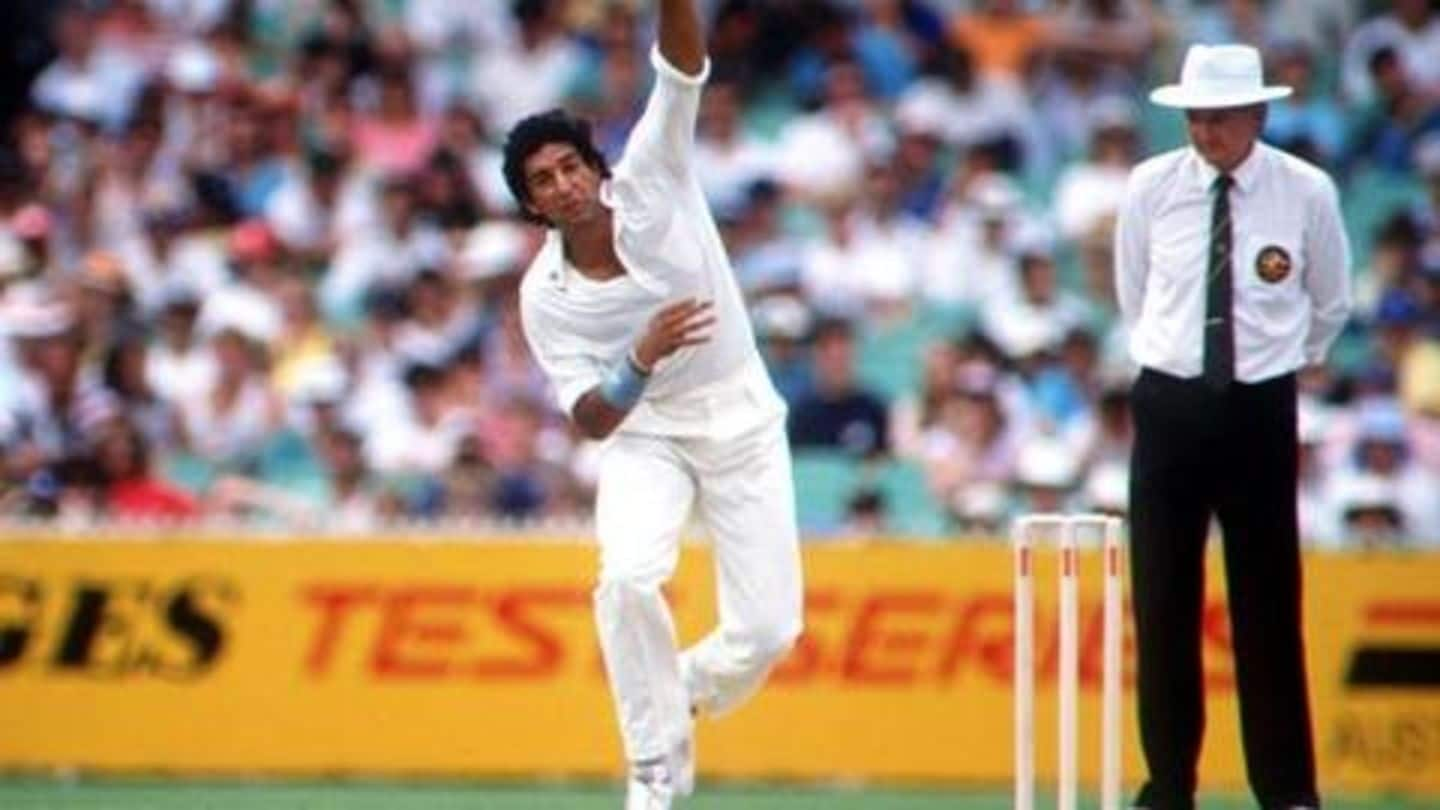
#NewsBytesExplainer: The meticulous art of reverse swing
What's the story
Reverse swing, as regarded by the cricket pundits, is a fast bowler's prized possession in Test cricket more often than not. While it has been a burning issue for decades now, very few have mastered the esoteric concept. The batsmen are often perturbed with this asymmetrical swing as firm dexterity is required to pick this variation. Let us decipher the attributes of reverse swing.
Difference
The ball changes its path when reversed
There are two types of variations of swing, a seamer uses - conventional and reverse. Conventional swing or the primitive form of swing, mostly involves the use of seam on the new ball. The ball moves in whichever direction the seam is pointed at. Paradoxically, reverse swing occurs when the ball changes its trajectory from the original one and swings in the opposite direction.
Science
Reverse swing works with an old ball
Reverse swing comes into effect when the ball gets old and worn out. One side of the ball has to be rough and the other should be shined thoroughly. Making use of both the sides effectively at the same time gives rise to reverse swing. Bowler's grip and wrist position also play a pivotal role in this phenomenon.
Usage
The ball moves towards the shiny side
For bringing the ball into the batsman, the bowler has to keep the rough side on the left (off-side) and the shiny one on the right (leg-side). The seam must be pointed towards the slips. If the ball has to be reversed out, the bowler should tail the seam towards the leg slip. The two contrasting sides will also be replaced.
Conditions
Conditions make a ball reverse more efficiently
Conditions also matter to a great extent for a ball to reverse. The sub-continent grounds are usually renowned for producing reverse swing due to weary conditions. Also, the decks in countries like India, Pakistan and Sri Lanka are dry as compared to other nations, which leave the ball scathed. Overcast conditions leave little margin for reversing the ball, owing to the moisture content.
Evolution
The advent of reverse swing dates back to Pakistan
Although there is no exact evidence of its advent, the initial few instances of reverse swing were observed in Pakistan during the 1940s. Imran Khan, Dennis Lillee and plenty of Caribbean bowlers used to jeopardize the batsmen with it. Later, Wasim Akram and Waqar Younis turned out to be the greatest exponents of reverse swing. Among the Indians, Zaheer Khan used it immensely.
Batsmen
Batsmen should play late to tackle reverse swing
Reverse swing gets lethal when coupled with extra pace. Every bowler who generates reverse swing notches over 90 MPH. Therefore, it gets hard for a batsman to deal with both swing and pace with the old ball. Waqar Younis' perfect yorkers cover this fact perfectly. The batsmen who play late or cover the line of the ball usually find success against reverse swing.
Ball-tampeing
Players around the globe have been involved in ball-tampering
Besides all the extensive theories, the art of reverse swing has often triggered a number of ball-tampering scandals. The idea behind roughing up the ball has led to players tampering with the ball. A classic example of ball-tampering was observed in the infamous Newlands Test wherein Cameron Bancroft rubbed the ball with sandpaper. Such has been the significance of reverse swing in cricket.